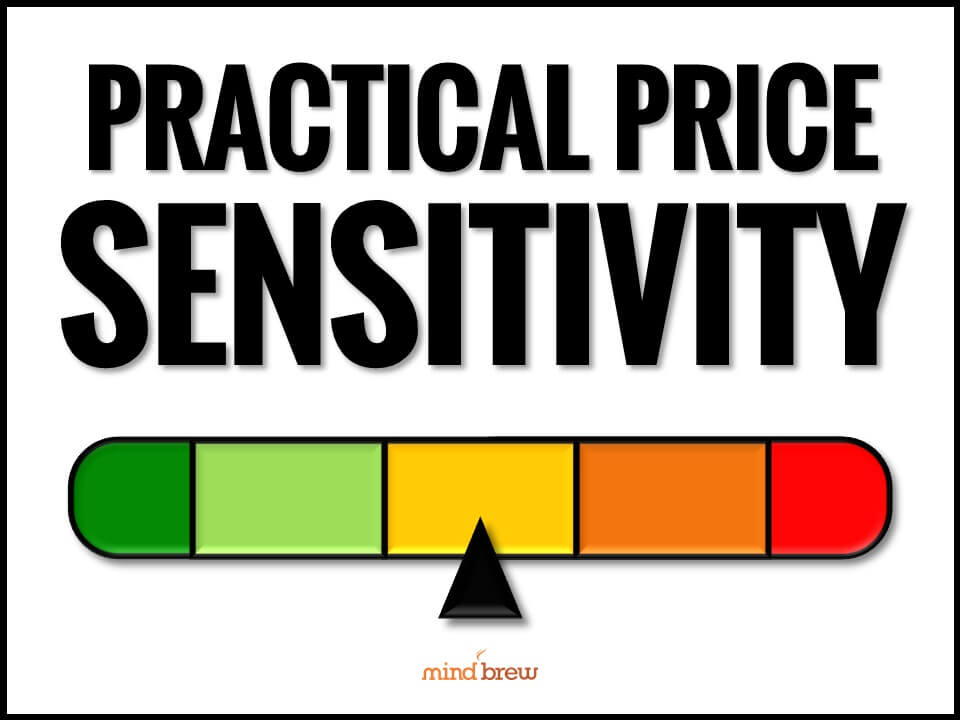In the PricingBrew Journal, we focus most of our attention on identifying and publicizing the latest and greatest best practices in B2B pricing. And while that will continue to be our core mission for the foreseeable future, there’s another dimension to our research that’s almost as valuable.
You see, while we’re gathering information and intelligence about all the great things leading pricing teams are doing, we’re also learning about some very bad things that can trip you up, or even take you out.
Of course, we don’t like to dwell on the negative. Who does? After all, there’s enough of that in the world already, right?
That said, however, we do have to acknowledge that whether or not you’re pursuing the height of best practice, there’s tremendous benefit in just being able to sidestep the major mistakes and missteps that have derailed others.
So to help you do just that, here are five things that can do irreparable damage to a pricing function:
- Playing “Small Ball” — Pricing groups do themselves no favors when they focus on correcting relatively minor issues and problems. While these things might be annoying or cumbersome, fixing them can’t really move the needle that much with respect to financial performance. To continue the metaphor, being perceived as “majoring in the minors” is never a good thing.
- Blaming People — While you can’t drive meaningful improvement without changing many peoples’ behaviors, pointing fingers is unattractive, counter-productive, and inaccurate. When others sense they are being blamed, they get defensive and push back…which only makes your job harder. And besides, most problems are not actually “people” problems but “systems and processes” problems.
- Losing Credibility — This can happen when groups push shallow or inaccurate conclusions, borne out of weak data analyses; when they offer up impractical or unrealistic recommendations; when they push solutions that end up not working as advertised; or when they fail to recognize “what time it is” given the larger business and market dynamics at play. As a function, you have to be proactive about building and protecting your credibility…because you’re starting at a deficit.
- Waiting To Be Told — It seems counter-intuitive, but pricing groups are actually putting themselves at greater risk by not being proactive about tackling the big problems and pursuing the major opportunities. While they may not be aware today, upper management will eventually realize what they’ve been missing—through new people coming in, consultants making recommendations, exposure to what other companies are doing, etc. And at that point, they can’t help but conclude that your team isn’t up to the task.
- Hunkering Down — Even when a pricing team is doing great things, it’s not always obvious to everyone else. After all, a lot of the work can be behind the scenes or below the surface; there are many other players involved in the improvement process; and success will tend to have many parents. So if you just hunker down and expect the work to speak for itself, you could be in for a rude awakening. As the old saying goes, if you aren’t tooting your own horn, there may be no music.
As you’ve probably noticed, many of these things are related. In fact, dysfunctional teams are usually suffering from more than one of these maladies at the same time — i.e. they’re just hunkering down and waiting to be told, so they’re playing small ball in the meantime and pointing fingers at others for performance shortfalls.
Avoiding these minefields, mistakes, and missteps is simple: Just do the opposite!
Don’t wait to be told and take the initiative to focus on bigger, more impactful endeavors. Proactively build and protect your credibility as a strategic business function. Instead of blaming individuals, focus on the systems and processes that everyone is doing their best to work within. And get comfortable with trumpeting your team’s accomplishments and contributions on a regular basis.
Now…I said it was simple. I did not say it was easy. Even just doing the opposite takes a lot of work over an extended period of time. And some leading teams have been working at it for decades.
That said, however, recognizing the mistakes and missteps as early as possible…before they become too entrenched and before they do too much damage…will make everything else much easier. Still not easy. But easier.
















